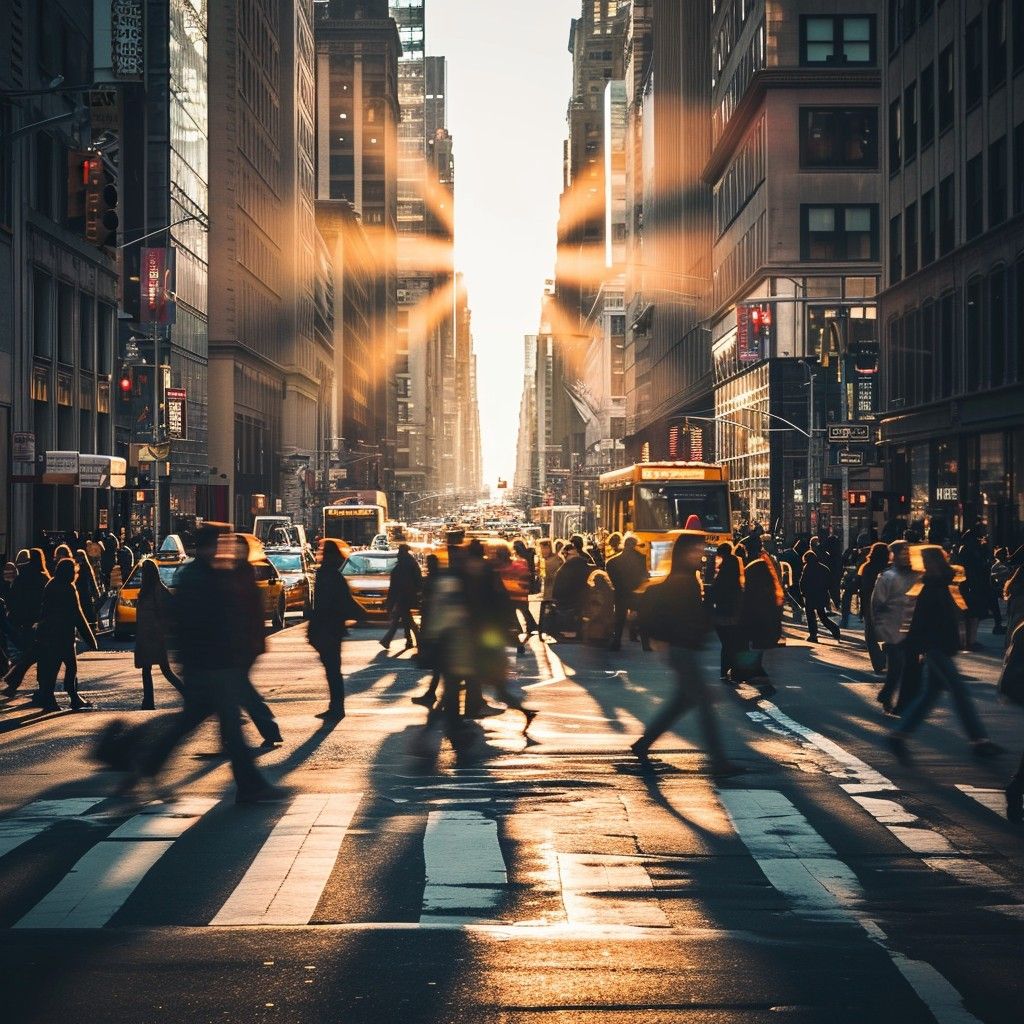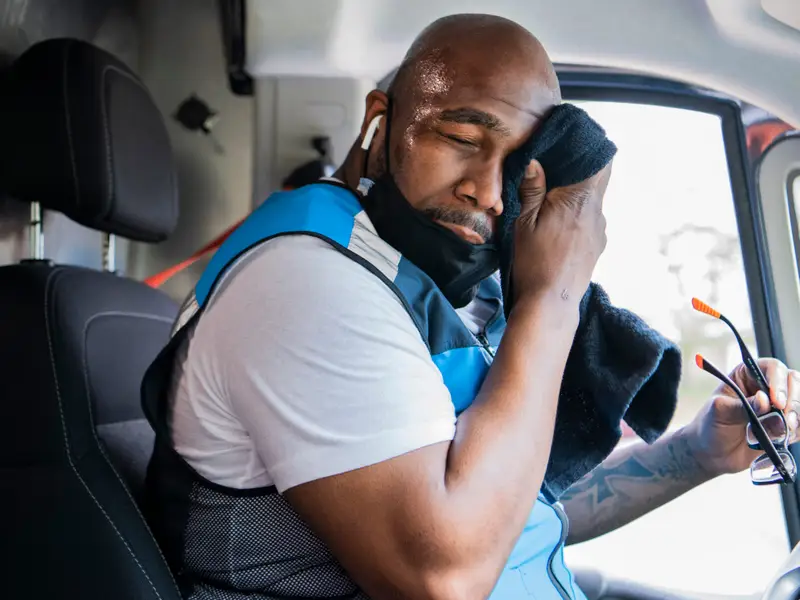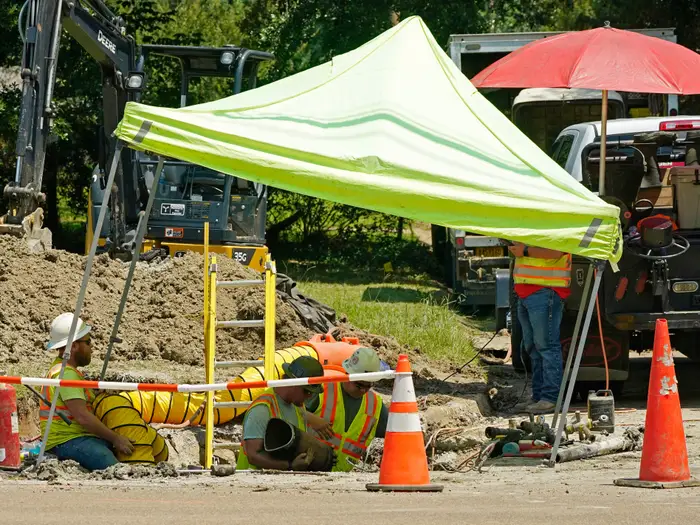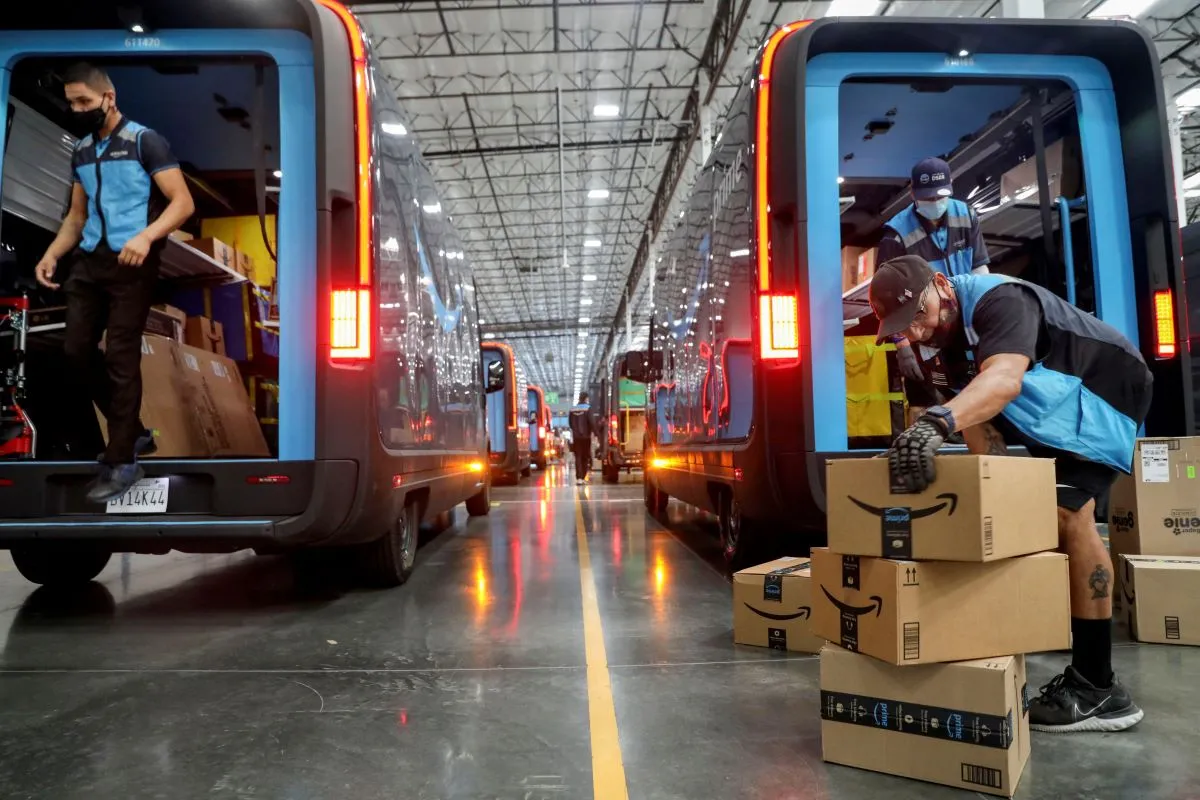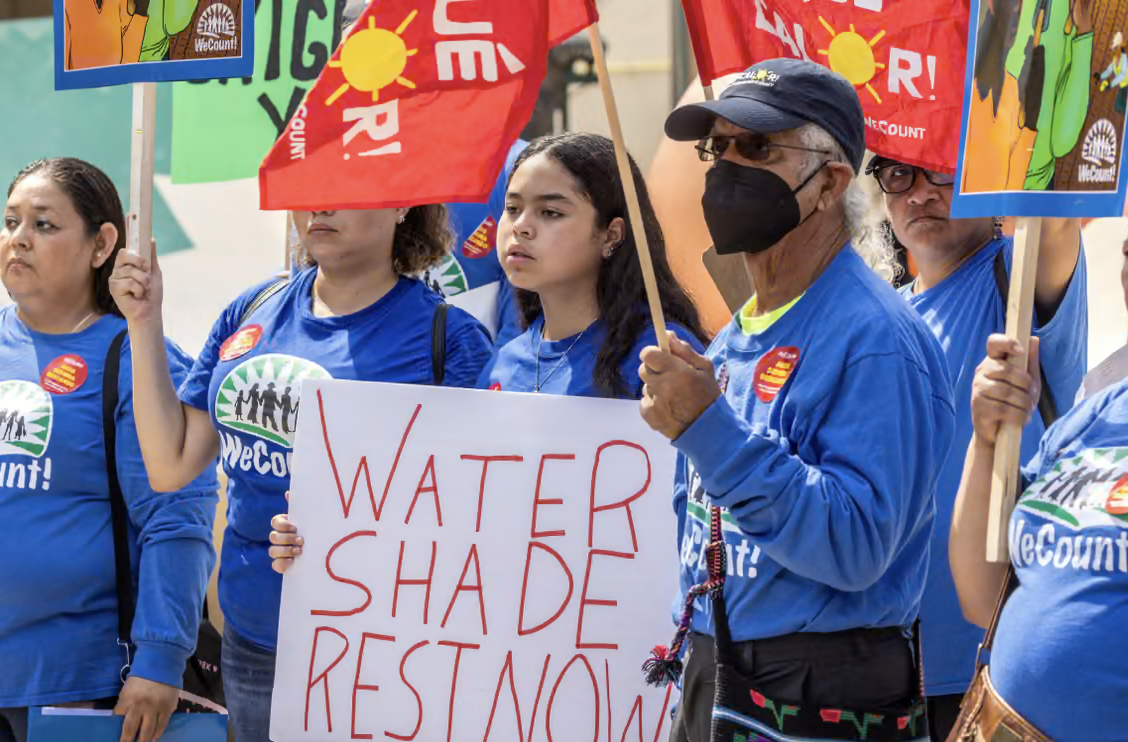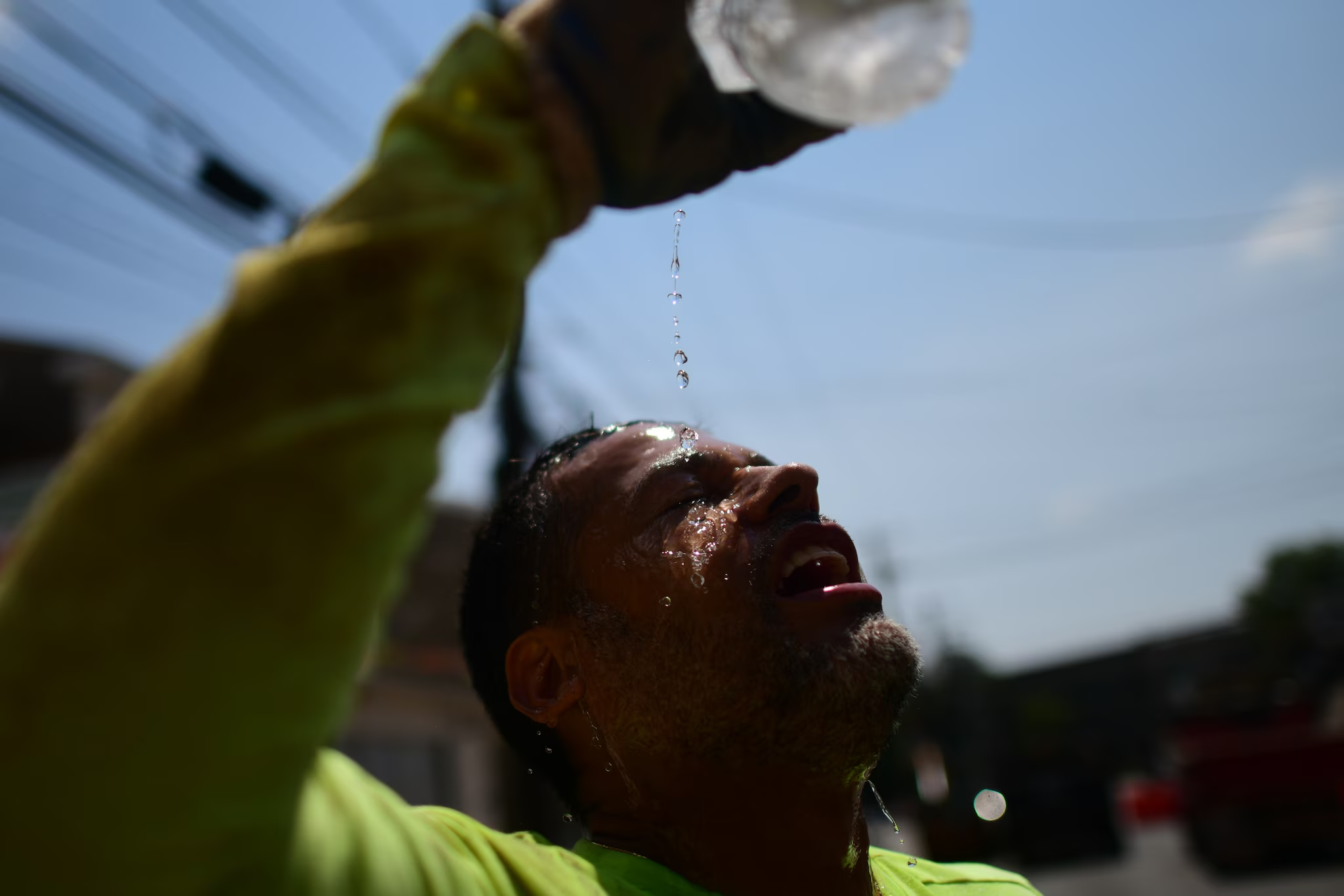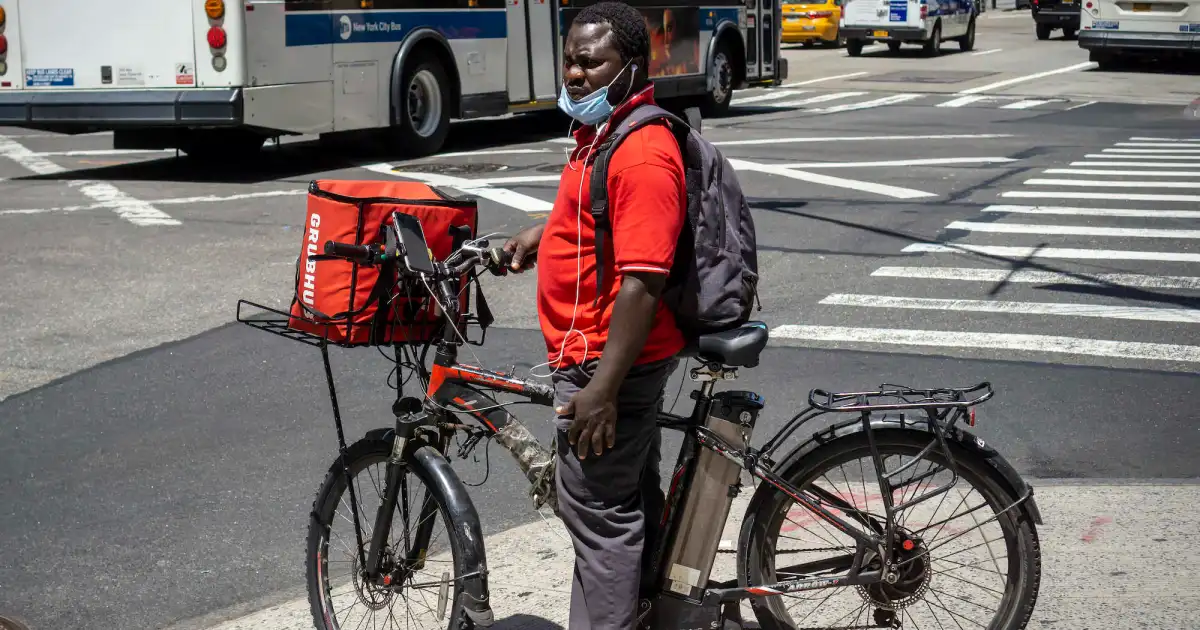
“The sun feels like it’s burning our skin.”
“I get scared when the weather is really bad … who else is going to pay rent?” The piece captures riders describing dehydration, dizziness, and pressure from apps to keep accepting orders despite heat warnings.
